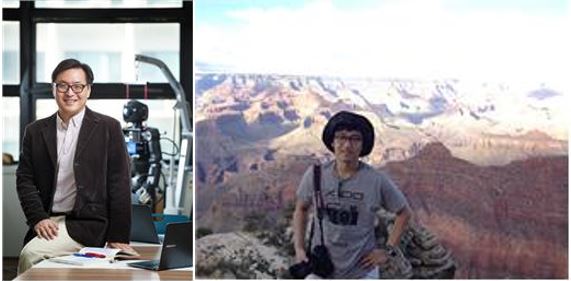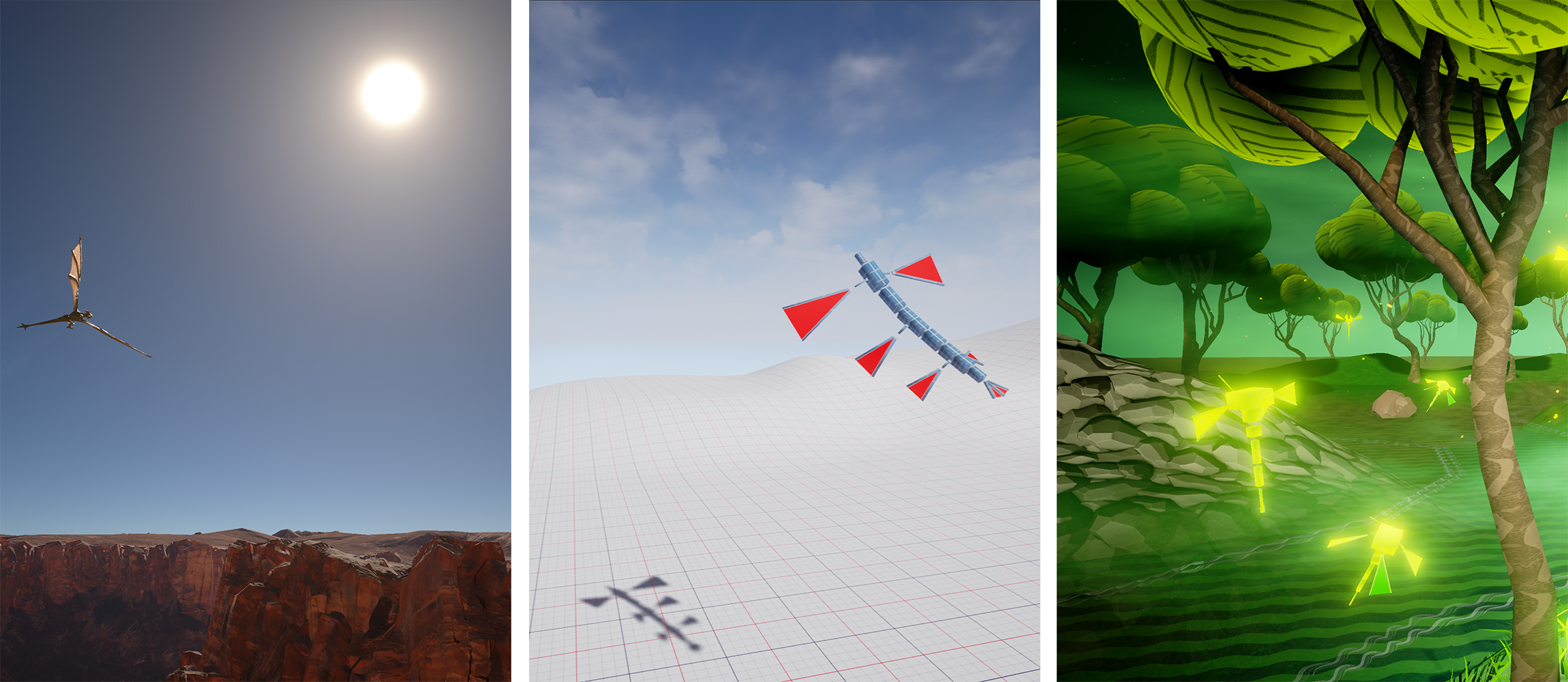- About
- Academics
-
Undergraduate Programs
- Civil and Environmental Engineering
- Architecture and Architectural Engineering
- Mechanical Engineering
- Industrial Engineering
- Energy Resources Engineering
- Nuclear Engineering
- Materials Science and Engineering
- Electrical and Computer Engineering
- Naval Architecture and Ocean Engineering
- Computer Science and Engineering
- Aerospace Engineering
- Chemical and Biological Engineering
-
Graduate Programs
- Civil and Environmental Engineering
- Architecture and Architectural Engineering
- Mechanical Engineering
- Industrial Engineering
- Energy Systems Engineering
- Materials Science and Engineering
- Electrical and Computer Engineering
- Naval Architecture and Ocean Engineering
- Computer Science and Engineering
- Chemical and Biological Engineering
- Aerospace Engineering
- Interdisciplinary Program in Technology, Management, Economics and Policy
- Interdisciplinary Program in Urban Design
- Interdisciplinary Program in Bioengineering
- Interdisciplinary Program in Artificial Intelligence
- Interdisciplinary Program in Intelligent Space and Aerospace Systems
- Chemical Convergence for Energy and Environment Major
- Multiscale Mechanics Design Major
- Hybrid Materials Major
- Double Major Program
- Open Programs
-
Undergraduate Programs
- Research
- Campus Life
- Communication
- Prospective Students
- International Office
A research team led by Professor Jehee Lee of Seoul National University, developed an automatic control technology of virtual flying creature using artificial intelligence
-
Uploaded by
관리자
-
Upload Date
2018.03.02
-
Views
554
A research team led by Professor Jehee Lee of Seoul National University, developed an automatic control technology of virtual flying creature using artificial intelligence
- Use artificial intelligence for virtual flying creature
- Expected to be used in the filed of computer engineering and robotics
- Published in the global graphics journal ‘ACM Transactions on Graphics’

▲ (from the left) Professor Jehee Lee of Department of Computer Science and Engineering (correspondence author), Dr. Jungdam Won (the first author)
Seoul National University College of Engineering (Dean, Kookheon Char) announced that the research team led by Professor Jehee Lee of Department of Computer Science and Engineering developed an automatic control technology of virtual flying creature using artificial intelligence. This research was supported by the business for info-communications·broadcasting technology development (SW Starlab) by Institute for Information & communications Technology Promotion.
The research team developed a computer algorithm, which enable the virtual flight creature to learn the way to move by itself, using physical simulation and artificial intelligence (deep learning-based reinforcement learning). After 1~2 days of learning as of workstation standard, the virtual creature can fly freely without hitting obstacles. (Figure 1)
It is a long-term topic of study for zoologists and paleontologists to estimate and reproduce the way a virtual flying creature that does not actually exist due to extinction, etc. In addition, animation artists who have to make realistic movements of imaginary flying creatures have long been interested in similar subjects.
However, since the flying creatures of general interest have complex biological body structures, it has been very difficult to predict and reproduce physically valid and natural movements.
To solve this problem, the researchers modeled the body of a virtual flight creature using a simplified aerodynamic simulation of buoyancy and resistance. (Figure 2)
Next, they devised a way for the flight creatures to learn their own actions using deep learning based reinforcement learning methods. A new search method that combines an evolutionary search with a compensation system designed to compensate for large rewards if the flying creature does not hit obstacles within a short period of time.
Experiments have been conducted on various flying creatures to make sure that the algorithm works well. As a result, it has been confirmed that realistic motion can be created for all flying creatures. It also proved that it can help to create contents for movies and games by putting special graphics effects on the movements. (Figure 3)
Using the newly developed algorithm, it is possible to reproduce or predict the movement of living things that are not existent or extinct. In addition, since realistic movements of virtual characters appearing in an animation or a movie can be made, high quality contents could be made in the future. It is also expected to be applicable to drone and flying robot.
The article, "How to Train Your Dragon: The Example-Guided Control of Flapping Flight," has been published in ACM Transactions on Graphics, the most prestigious journal of computer graphics.
Professor Jehee Lee said, "I have developed a method that allows the virtual flight creature to move itself in the desired direction reliably while consuming less energy in a given environment. It can be used to reproduce realistic movements of other living creatures that do not exist or are extinct."

- ▲ Figure 2. The flying creatures that are reproduced on the computer
